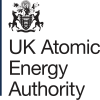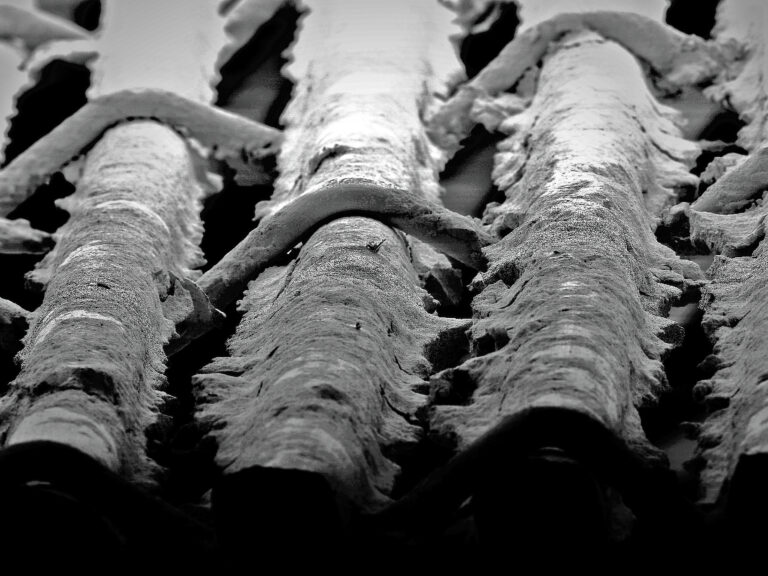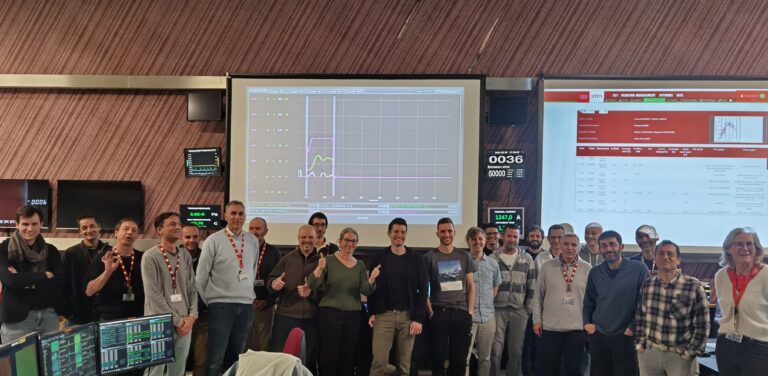The experiments will be a vital step in the development of shielding to protect critical and safety electronics from neutrons in future fusion facilities. Their results will also be of interest to the nuclear industry as well as the automotive, avionics and space industries.
JET uses magnetic fields to confine its plasma, a superheated gas of hydrogen isotopes, in the tokamak. Under intense heat – 150 million degrees celsius, ten times hotter than the core of the sun – and pressure, the isotopes fuse into helium, releasing energy as neutrons.
These neutrons randomly cause malfunctions or failures in electronic devices, induced by signal corruption or errors in the data or programmes stored in electronic circuits, such as memories or microprocessors.
Electronics are essential for the precise monitoring and control of plasma conditions, and the safety of tokamaks and their auxiliary systems.
Lee Packer, Senior Fellow in Nuclear Science and Technology at UKAEA, said:
“JET’s final deuterium-tritium (DTE3) experiments will see unique and valuable research conducted by this collaboration in various crucial areas, particularly so in the field of neutronics, essential to understand to ensure the sustainability and cost-effectiveness of the technologies needed for fusion machines.
“Understanding how electronic components react to the characteristic neutron-rich environment presented by fusion is one such example, as it can influence how those components are designed, protected and incorporated within future fusion machines. The resulting data and learnings from these experiments are expected to be applicable across the fusion sector, including ITER, DEMO and STEP, and adjacent industries that need to use electronics in extreme environments.”
Two test benches, one belonging to CERN, the other to AMU, along with a neutron spectrometer also belonging to AMU, have since been installed at JET.
The test benches will measure the Single Event Effects (SEE), which are a source of malfunctions or failures in the electronics caused by the neutrons.
The neutronics study will be conducted in real-time on a rolling basis over the seven-week period of JET’s final deuterium-tritium experiments (DTE3).
Dr Martin Dentan, CERN and CEA-IRFM Project Leader of the SEE experiments at CERN and JET, said:
“The results from the JET experiments will feed into models and methods to be used in a forthcoming detailed study on the sensitivity of modern general electronics to neutron-induced SEEs.
“The results of this forthcoming detailed study will make it possible to define the shielding needed to ensure in a tokamak a neutron environment demonstrated to be equivalent to the natural terrestrial environment, for which general electronics are designed and qualified by manufacturers. This will eliminate the need for neutron qualification, which would otherwise be necessary for commercial off-the-shelf (COTS) electronics. The feasibility of this qualification is impeded by their excessive diversity and the lack of traceability of their constituents.
“The SEE experiments at JET are therefore essential for this forthcoming detailed study, which will be indispensable to ensure the reliability of critical and safety electronics in the neutron environment of future tokamaks, such as ITER and DEMO.
“Over the last thirty years, CERN (group leader Dr. Rubén Garcia Alia) and AMU (group leader Prof. Jean-Luc Autran) have developed very solid, internationally recognized expertise in the field of neutron effects on electronics and are pleased to use it to support these experiments at JET. These experiments will be followed by a detailed study in which CERN, AMU, CNRS and University of Rennes will participate and the results of which will make it possible to improve the shielding of the electronics of future tokamaks and of future particle accelerators.”
Xavier Litaudon, research director CEA and project leader for ‘Preparation of ITER Operation’ at EUROfusion, said:
“JET is the largest facility before ITER and has the unique capability of working with deuterium-tritium fuel. This gave us the exciting opportunity to study how electronics will perform under the 14.1 MeV neutron load expected for future fusion devices. The experiments at JET complement initial deuterium tests at the WEST tokamak during long pulse operation, and will prove very important in the preparations for ITER, the European demonstration fusion power plant DEMO, and other future fusion devices.”
“It is a pleasure to work with excellent researchers from CERN, EUROfusion, CEA-IRFM, Aix-Marseille University, CNRS and the University of Rennes on this ground-breaking work, and to host them at Culham Campus during DTE3,” concluded UKAEA’s Lee Packer.
JET’s research findings are critical to the development of ITER, the larger and more advanced version of JET. ITER is a fusion research mega-project supported by seven members – China, the European Union, India, Japan, Korea, Russia and the USA – based in the south of France, to further demonstrate the scientific and technological feasibility of fusion energy.
As well as ITER, the research findings have important implications for the UK’s STEP prototype powerplant to be built at West Burton, Nottinghamshire, the European DEMO prototype fusion plant, and other national laboratory and private projects around the world.
JET has played a critical role in accelerating the development of fusion energy, which promises to be a safe, low carbon and sustainable part of the world’s future energy supply.
At the end of 2023 JET will be moving onto the next phase of its life cycle for repurposing and decommissioning, which will last until c.2040.




